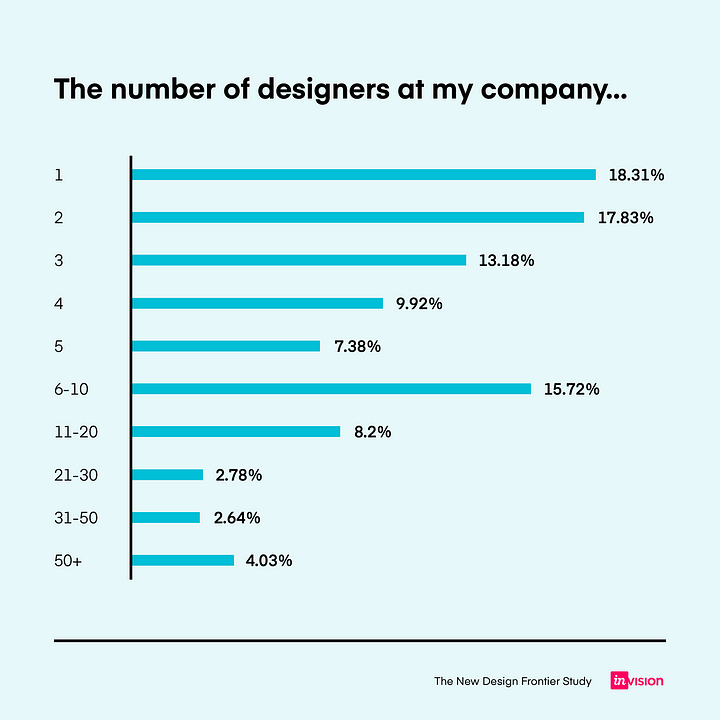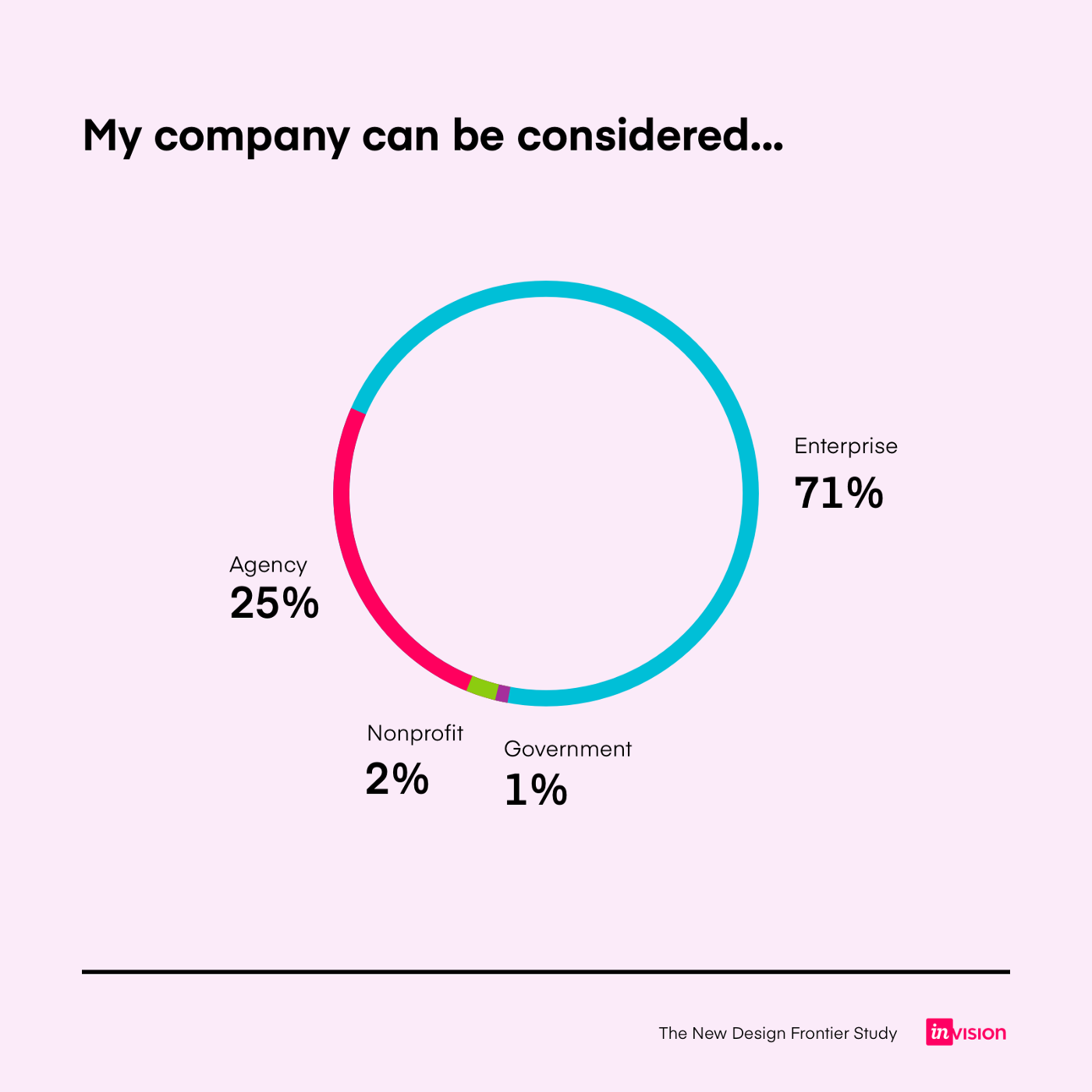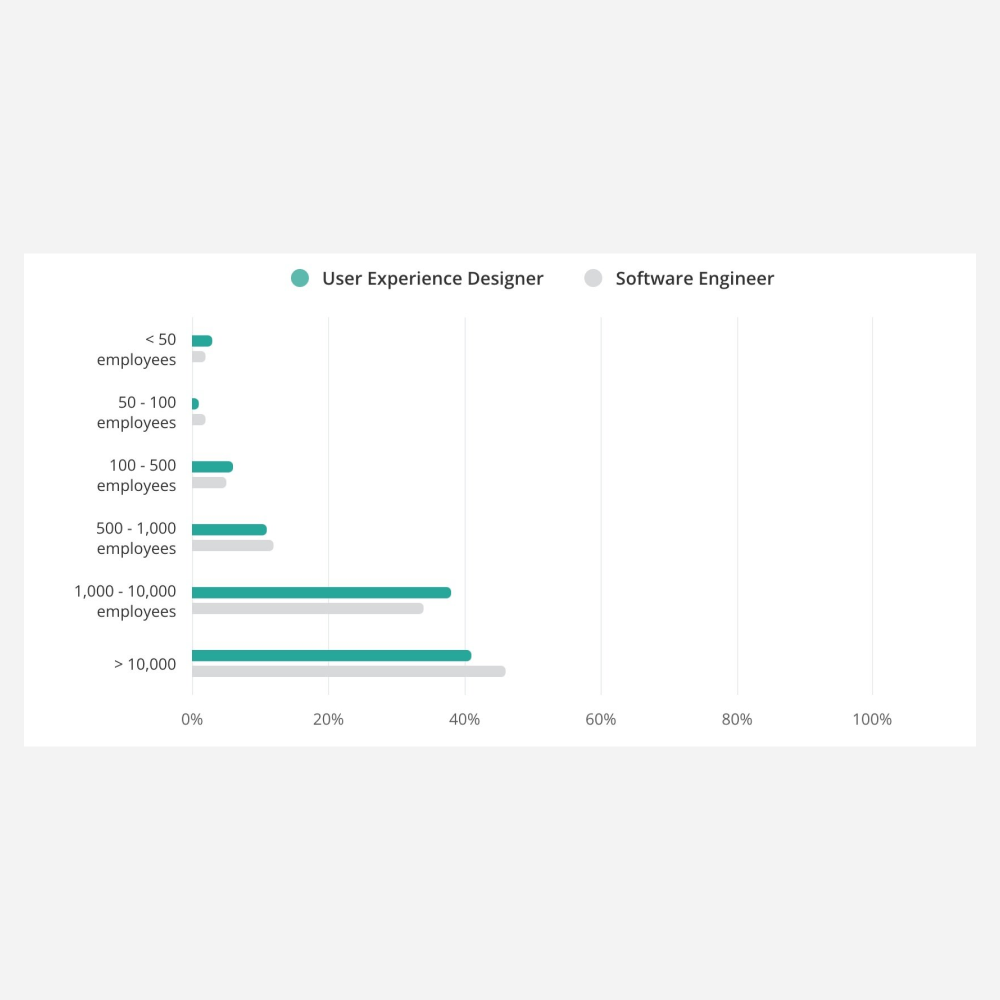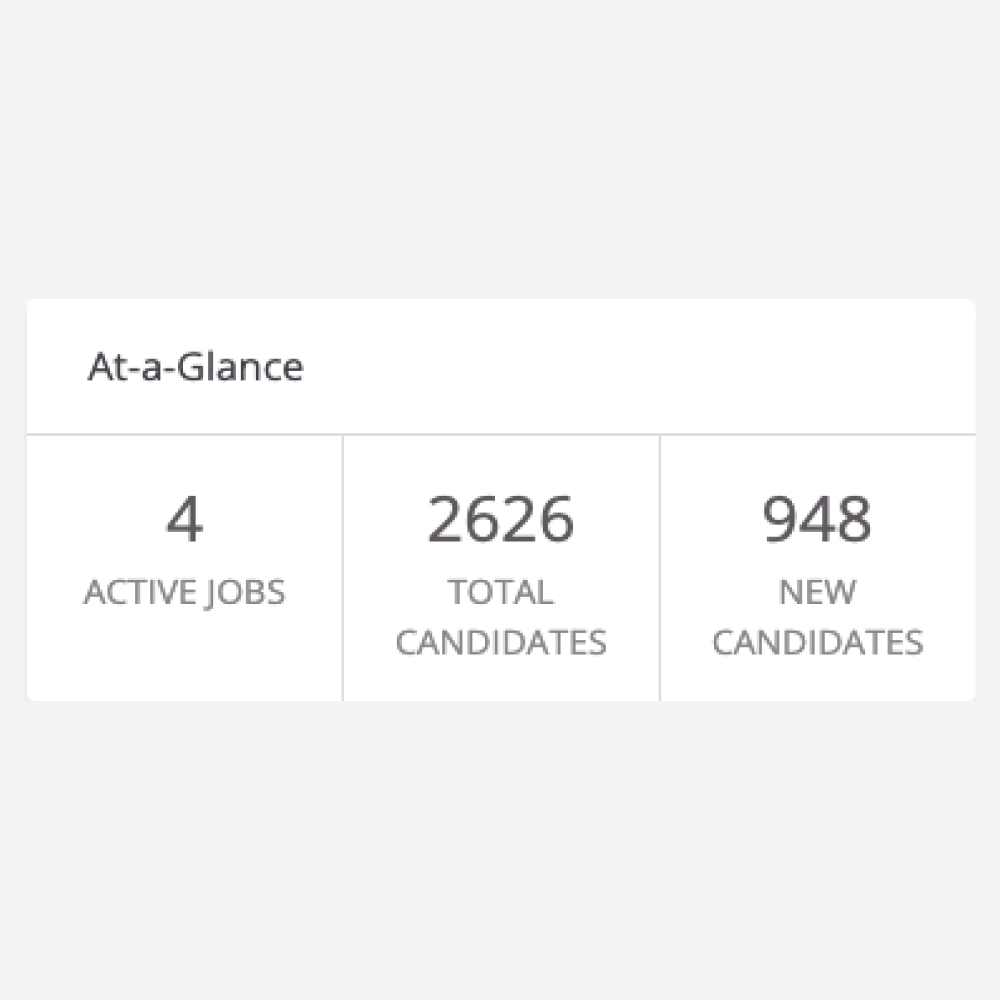Misaligned Ambitions
Summary
As a hiring manager, I’ve reviewed hundreds of portfolios, interviewed dozens of designers, and mentored over 200 designers over the last two years. I’ve come to the conclusion that most designers are not taught how to be successful professionally: there is a noticeable gap in what is taught in school relative to market realities. Specifically, I’ve noticed many designers rely too heavily on their job to help them grow their craft, don’t understand how to successfully navigate large organizations, and underestimate the barrier to entry for UX design - especially from a non-design adjacent field.
If you are considering pivoting into UX or are a recent graduate looking to pursue a career in UX Design, this article will provide a few data points to help you make informed decisions.
Designers should not rely on their job to help them grow
‘Misaligned ambitions’ is a term coined by Barbara Schneider, who describes the misalignment of a student’s expectations to the reality of employer expectations. Many UX design graduates expect that they will learn and fill in the gaps in their knowledge with “on-the-job training”, but most companies won’t ever provide that for them. Additionally, many times students won’t be able to practice what they're taught in school in real-world environments. I expand on a few factors that prevent designers from learning on the job in the sections below.
Companies need designers, but can’t train them
There is still demand for UX designers in the market. According to the US Bureau of Labor and Statistics, there are 82.4K UX Designers in the US as of 2021. There are a total of 1.4M software developers in the US as of 2021. This means in the market, there is roughly 1 designer for every 17 engineers. The ratio for most companies is 1 designer for every 10 engineers. This means, yes we still need more designers and there is still a demand.
However, there is a pervasive misconception that companies are open to training new hires to become skilled designers on the job. The reality is that most companies seek designers who can quickly adapt to their roles and deliver results from day one. Unfortunately, many teams are stretched thin and don't have the capacity to provide training to those who lack experience. Therefore, it's imperative to seek out alternative avenues for developing your design skills, such as engaging with online communities, building your own projects, and seeking feedback from other designers.
Data Source: US BLS UX Designers & US BLS Software Engineers
Most companies have a low design maturity
Regardless of company size, the average design maturity as measured by NNG in 2022 is 45. A separate study conducted by InVision in 2020 finds that 83% of companies are at a low-mid level of design maturity.
The chances of you discovering a company with a strong design focus are quite slim. In turn, this also increases the likelihood of working with stakeholders who may not fully understand your role and responsibilities. Given this reality, most of your responsibilities won’t fit into the double diamond methodology often taught in schools but instead adhere to whatever processes the company has in place.
Data & Image Source: NNGroup UX Maturity Survey Invision's Design Talent Trends 2020
Most design teams are small with limited resources
In a 2019 survey, only 17% of companies employ ten or more designers. This implies that in many cases, you will be part of a small team, where each person has to juggle multiple responsibilities. Moreover, 30% of companies have an individual contributor as their most senior designer, meaning that a third of companies lack designated design leadership to oversee their teams.
Additionally, there's roughly a one-in-five chance that you will be the sole designer in your organization. As a UX designer, you'll likely be expected to take on adjacent responsibilities, such as creating marketing materials. Therefore, to thrive in such an environment, a designer must possess the adaptability and confidence to handle multiple tasks, including things they’ve never been taught to do.
Data & Image Source: InVision’s 2019 market survey
Designers need to speak business
As designers, we yearn to work on projects that have a meaningful impact on the world around us. We aspire to contribute to initiatives that create positive change and improve the lives of others. Unfortunately, many organization’s primary focus is to improve their bottom line, seeking to expand their market share, increase efficiency, and outperform their rivals. This misalignment can create a disconnect between designers and stakeholders, with designers struggling to convey the value of their work beyond aesthetics. This issue is particularly prevalent among recent graduates who may lack the skills to articulate the business case for their designs, leaving stakeholders with a limited view of what designers can truly offer. Designers need to learn how to articulate their value through business KPIs, such as the acquisition of new customers, retention of existing customers, or increase in Annual Recurring Revenue (ARR).
You’ll likely be working in an enterprise environment
In a 2019 survey by InVision, 71% of designers work in Enterprise environments. Enterprise environments are unlike any other environment you’ve been in before because of their complexity. To succeed in an Enterprise setting, you must understand who your stakeholders are, how to influence decision-makers, and how to effectively communicate using the language and tribal knowledge of both the company and the products you support. This environment can be both bureaucratic and fast-paced, overly structured and poorly defined all at once, which can make it a challenging space to work in.
Unfortunately, there's no playbook or manual that can teach you how to be successful in this context, but as a designer, it's crucial that you learn how to navigate the complexities of these environments.
Data & Image Source: InVision’s 2019 market survey
The majority of UX jobs come from BIG companies
About 80% of UX Design postings come from large companies (1000+ employees). This means that if you're looking to apply for such roles, you'll need to be strategic in your approach and tailor your search toward big companies.
To increase your chances of getting noticed by recruiters, it's important to showcase web applications in your portfolio and case studies (as opposed to mobile), as these tend to be more in demand in the Enterprise context. Additionally, incorporating buzzwords and optimizing your LinkedIn profile for search engines can help recruiters find you more easily.
In today's world of hiring, having a polished LinkedIn profile can sometimes take precedence over a robust portfolio. If you don't have a profile yet, or if it could use some refinement, it's worth investing time and effort to make it as strong as possible.
Data & Image Source: Zippa User Experience Demographics
It is very difficult to break into UX design
Breaking into UX design is a daunting task, especially for those without prior design experience. It's a highly competitive field that requires a diverse set of skills, such as visual design, user research, interaction design, and prototyping. Consequently, the competition for UX design jobs is fierce, and it can be challenging to differentiate yourself. Organizations often struggle to assess a designer's potential and prioritize hiring those with relevant experience and exceptional visual design skills. This creates a barrier for beginners, especially those without formal design training. Additionally, the field is continually evolving, and staying current with the latest trends and technologies can be overwhelming for new entrants. Boot camps may offer promising job prospects, but this is not always the case, particularly during a downturned market and corporate layoffs. Those who persevere can expect to take anywhere from 3 to 6 months of focused hard work, rather than simply sending out applications.
Entry level designers are a dime a dozen
While there is a demand for UX designers in the industry as a whole, that’s not necessarily true for all levels of experience. The candidate pool for a designer with 0-2 years of experience is HUGE, but that begins to taper down with 3-5 YOE, and 6-10 YOE.
From a hiring manager's perspective, there are several reasons why I might choose to bring a designer on board, but in most cases, it's because I have identified a gap in our resources that needs to be filled in order for a project to be completed successfully. Naturally, this means that there is often a time crunch to get the right people in place and start work on the project as soon as possible.
Given this reality, who would you hire for a project: a designer fresh out of school, or someone who has extensive experience and a proven track record of success in a similar project?
Data Source: personal observation
Thousands of designers apply for a single role
In today's competitive job market, the number of applicants for a single position can easily reach hundreds, if not thousands. It's important to keep in mind that hiring managers have limited time to review each application, often only 15 seconds or less.
Therefore, it's crucial to make their job as easy as possible by providing all the necessary information upfront. For example, if your portfolio is password protected and you don't provide the password, it's unlikely that the hiring manager will take the time to request it from you. With so many other candidates in the running, it's important to make sure you're doing everything you can to stand out from the crowd.
To stand out from the crowd, you need to go above and beyond what most applicants are willing to do. For instance, submitting a thoughtful cover letter that not only introduces yourself but also demonstrates that you understand what we do as a company. My observation is that only 10% of applicants submit cover letters, and only half of them are bespoke to the role they are applying for. Most of them are canned templates.
It's also essential to take a proactive approach in your job search by demonstrating your capabilities beyond what's stated on your resume. For example, send thank-you notes to the recruiters who arrange your conversations during interview loops. These gestures may seem small, but they can influence how hiring managers see you as a candidate, how well the hiring team thinks you communicate, and how likely you are to be remembered by recruiters who have to deal with thousands of applicants.
Data & Image Source: screenshot from Arista’s applicant tracking software.
In closing
Designers should not rely solely on their job to help them grow because most companies cannot train them due to the demand for designers, the limited resources, and the low design maturity of most design teams. Moreover, designers may need to take on multiple roles, speak business, navigate complex enterprise environments, and tailor their approach to big companies to succeed. Breaking into UX design is also challenging, especially for those without prior design experience. If you find yourself in this place, my recommendation is to seek alternative avenues for developing your skills by joining communities, seeking mentorship, and connecting with other professionals. During the application process, consider doing everything in your power to demonstrate your capabilities beyond what is documented on paper.







